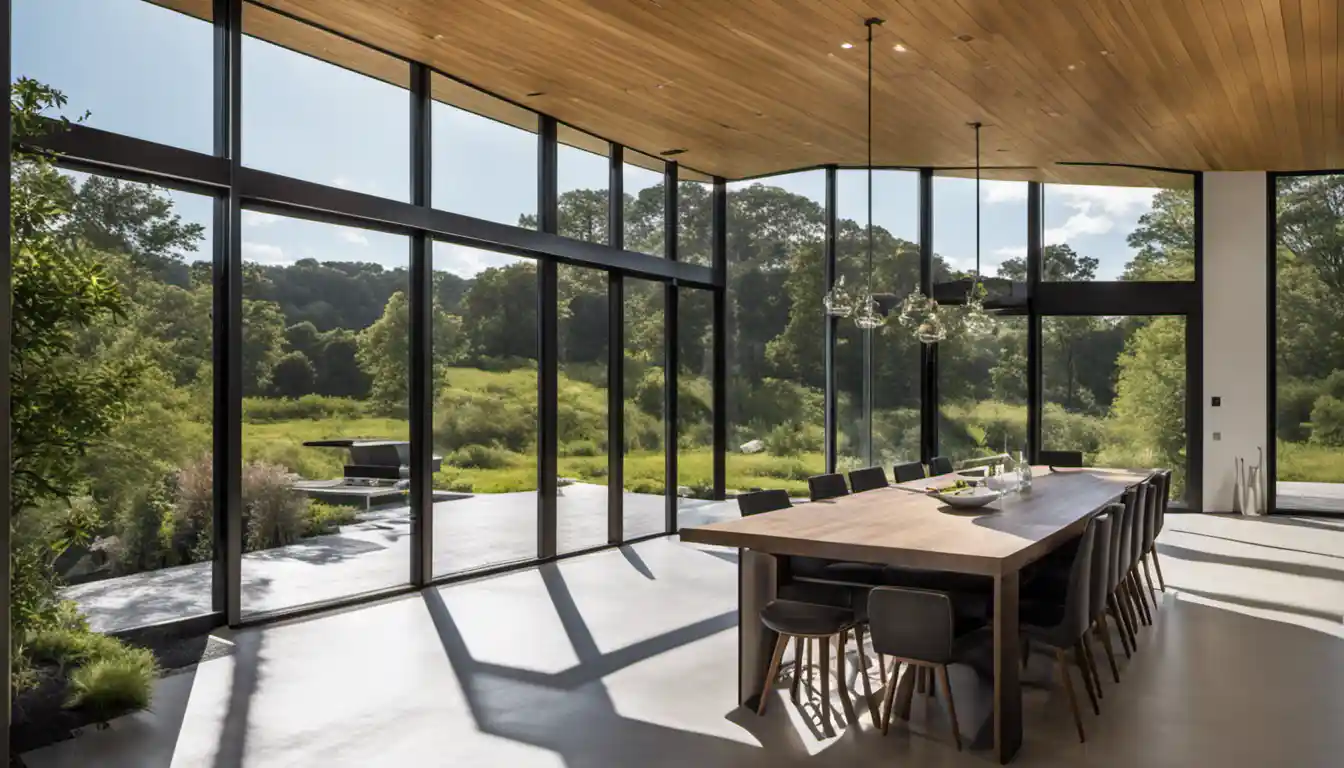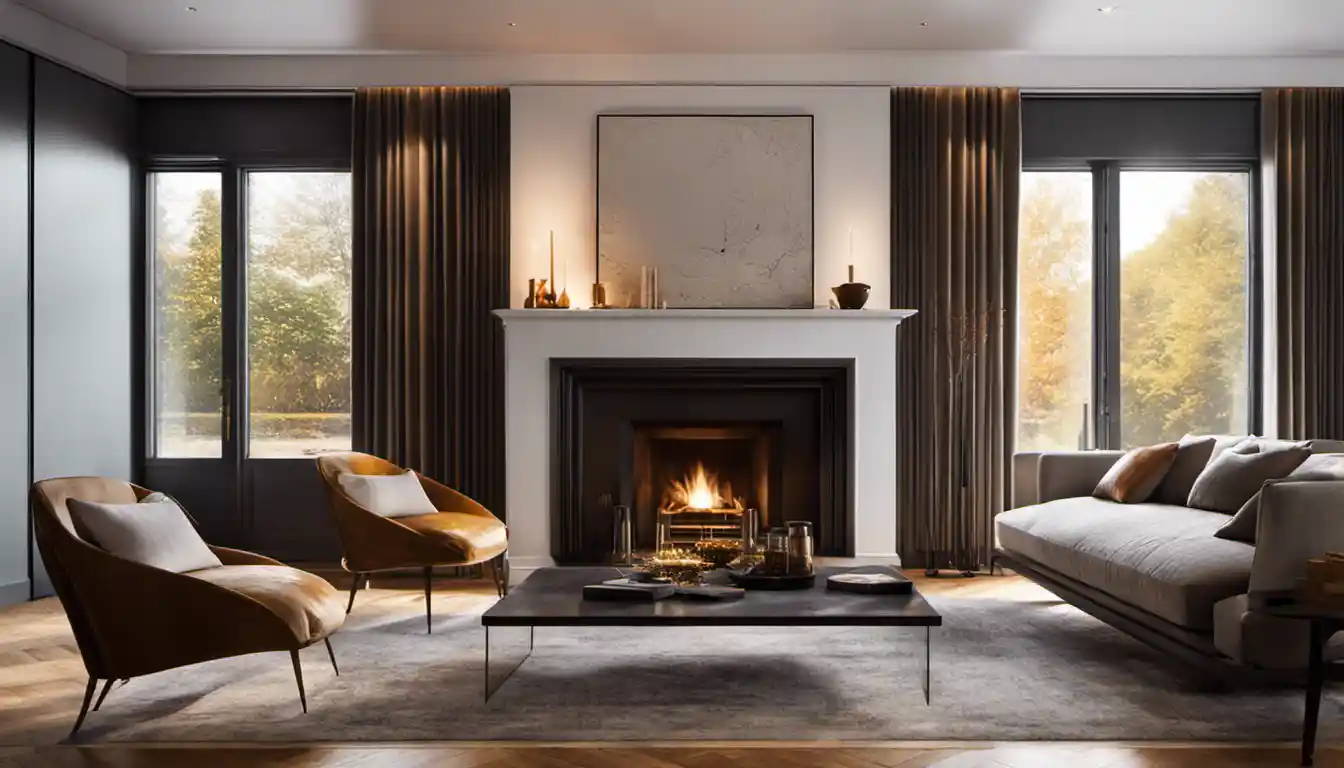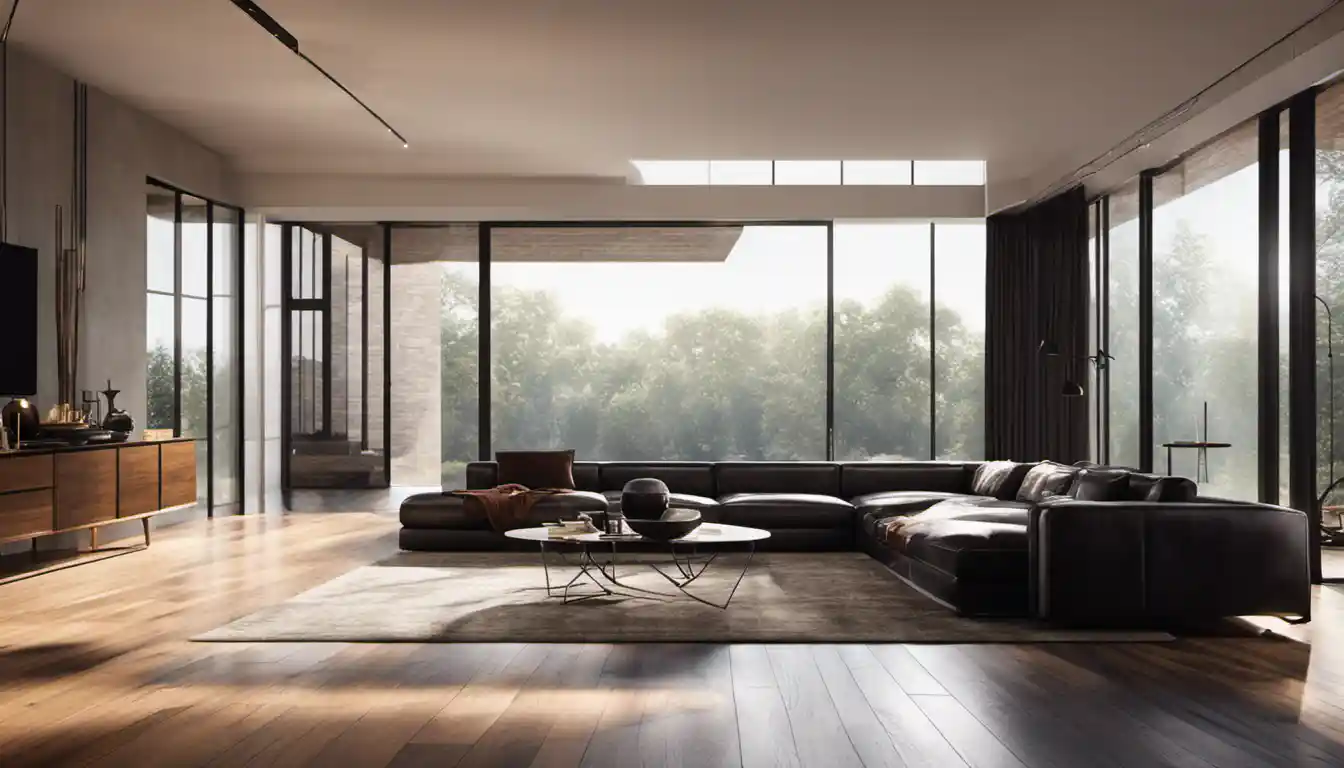Definition of Passive Solar Heating
Passive solar heating is a method of capturing the sun’s energy and distributing it in a building without using mechanical systems. It involves using the building structure to collect, store, and distribute the heat energy from the sun to maintain the comfort of its occupants. It’s a simple, reliable and low-maintenance way of heating homes and buildings.
Absolutely nothing beats the feeling of a home warmed by the sun in the cold winter months. And if you can get this warmth whilst saving on energy costs and reducing your carbon footprint? Even better. That’s the reason why the definition of passive solar heating matters to you, and me, and our planet.
The Basic Concept of Passive Solar Heating
Think of it as leveraging Mother Nature’s heat. Sound exciting? Well, it should because passive solar heating is all about maximizing your home’s exposure to the sun. It incorporates strategically placed windows, walls, and floors designed to collect, store, and distribute solar energy in the form of heat in the winter while also rejecting solar heat in the summer to keep homes cool.
How Passive Solar Heating Works
Picture this: It’s a crisp winter morning and instead of cranking up your furnace, the sun starts to rise and its radiant heat passes through your south-facing windows. Your thoughtfully chosen, and well-placed thermal mass (like concrete or brick wall) absorbs the heat throughout the day and as the evening approaches, this stored heat gradually disperses around your home, keeping you cozy and warm. That, my friends, is the power of passive solar heating.
The Importance of Passive Solar Heating
Still wondering why you should care about what is passive solar heating and how it works? Well, apart from saving you a pretty hefty sum on your energy bills, passive solar heating reduces our dependence on fossil fuels, mitigates the risk of power outages, and significantly decreases greenhouse gas emissions. Plus, it provides a unique, sustainable approach to home design.
Examples of Passive Solar Heating

Now that we’ve got a handle on the basics, let’s dig a little deeper with some specific examples of passive solar heating.
Direct Gain
Think of a greenhouse. It’s the simplest and most intuitive method of passive solar design. In a direct gain design, sunlight enters the building through a south-facing window (in the Northern Hemisphere), is absorbed by the structure and furnishings converting light to heat, and then circulated by the natural flow of air.
Indirect Gain (Trombe Wall)
Here, a dark, heat-absorbing wall (commonly referred to as a Trombe Wall) is placed between the sun and the living space. As the wall heats up, it radiates warmth into the home. These are especially popular in areas with significant temperature swings between day and night.
Isolated Gain (Sunspaces)
Ever seen those gorgeous glazed sunrooms or conservatories? Those are perfect examples of isolated gain. These areas become a source of heat to the rest of the house either directly through vents or doors or indirectly by heating an adjacent wall.
The Principles of Passive Solar Home Design
We’re getting to the heart of our guide on ‘what is passive solar heating’. Let’s delve into the principles that underpin a successful passive solar home design.
Energy Efficiency First

By incorporating proper insulation, air sealing, and energy-efficient appliances, you create a savvy baseline for your passive solar home design. This ensures your solar gains are used effectively and not lost through drafts or poorly insulated walls.
The Role of Site Selection
Knowing where to build is just as important as knowing how to build. Choose a site that takes maximum advantage of the sun’s path. Believe me, the orientation and layout of your home can make a world of difference to its passive solar potential.
The Mechanics of Passive Solar Home Design
Understanding the sun’s path is paramount to the design process. Incorporate south-facing windows to harness winter sunlight, shade these windows in summer, and choose materials that effectively absorb and store the sun’s heat.
Refining the Design for Optimum Efficiency
To ensure maximum efficiency, consider refining designs with computer models. Analyzing sun angles, shading and daylighting can further optimize your design and ensure you’re getting the most from your passive solar home.
Implementing Passive Solar Design
It’s time for the rubber to meet the road. Once you understand ‘what is passive solar heating’, it’s imperative to know how to implement it efficiently and cost-effectively.
Passive Solar Design Basics

Remember, your solar design revolves around three simple elements: collection (through large south-facing glass windows), storage (thermal mass – floors or walls), and distribution (naturally occurring air movement).
Passive Solar Heating and Cooling
Design for both seasons by also using natural shading and ventilation techniques to cool your home in the summer months. On sweltering summer days, your house can remain cool and inviting, all with minimal power usage.
Best Practices in Passive Solar Design
Remember to consult an expert or a certified energy advisor to optimize your designs. Modify these strategies to accommodate local variations in climate, latitude, and lifestyle.
The Future of Passive Solar Technology
With research and innovations on the rise, the future of passive solar technology is brimming with unlimited potential. Picture this: buildings that are net energy producers, reducing the demands on the power grid and decreasing our reliance on fossil fuels dramatically.
Humor me for a moment, I’d like you to take a quick detour and swing over to our page on active versus passive solar heating. It breaks down the differences and benefits of both types and can help you further understand the tremendous advantages of solar heating.
Additional Resources
For those who truly want to become solar savvy and yearn for more comprehensive knowledge in the realm of passive solar heating, I encourage you to seek more information. Look towards reputable websites, books, and seminars. Stay informed and play your part in taking us towards a more sustainable, energy-efficient future.
Nothing quite redefines comfort like waking up to a perfectly heated home on a frigid winter morning or returning to a cool house on a hot summer day, all thanks to the magic of passive solar heating. So now that you’re a bit well-versed with ‘what is passive solar heating’, why not consider incorporating it into your homes? Make the most of what Mother Nature has to offer, and let’s collectively stride towards a more eco-friendly and sustainable future.



